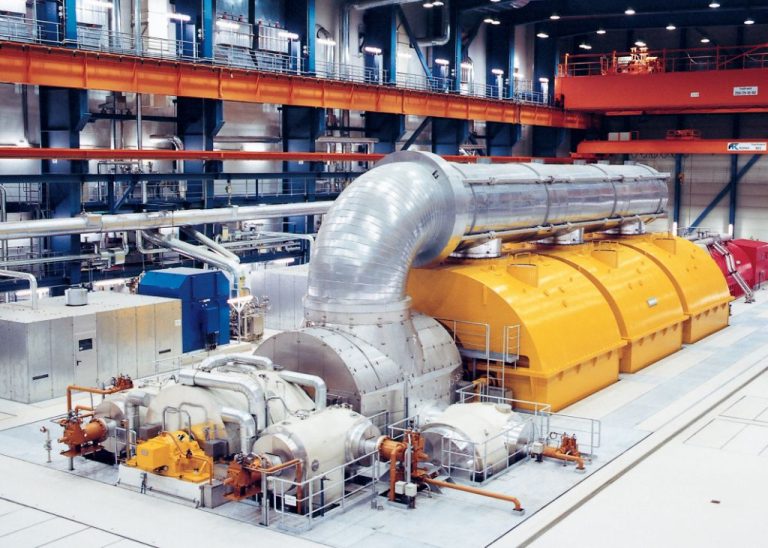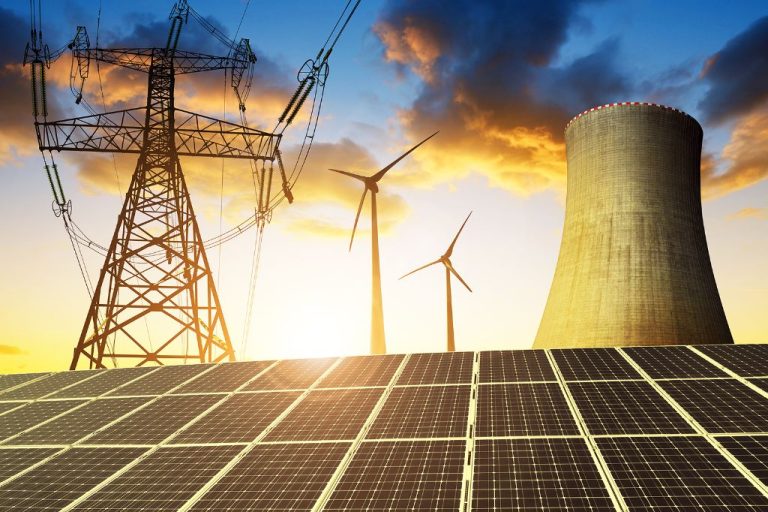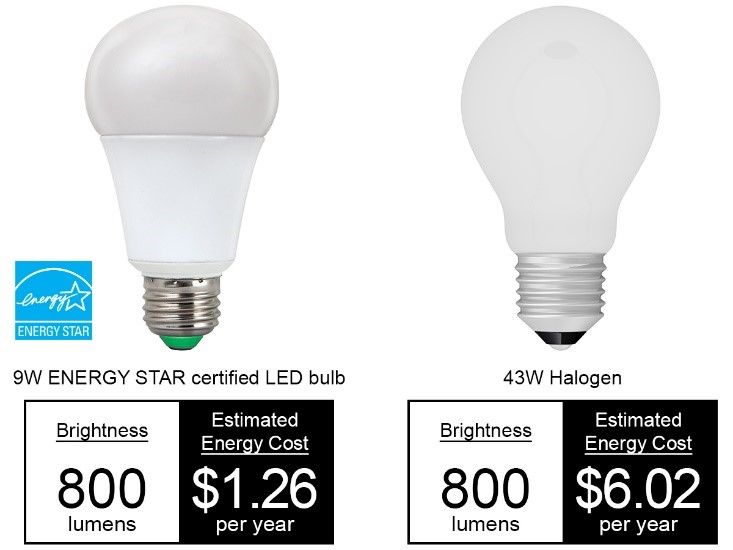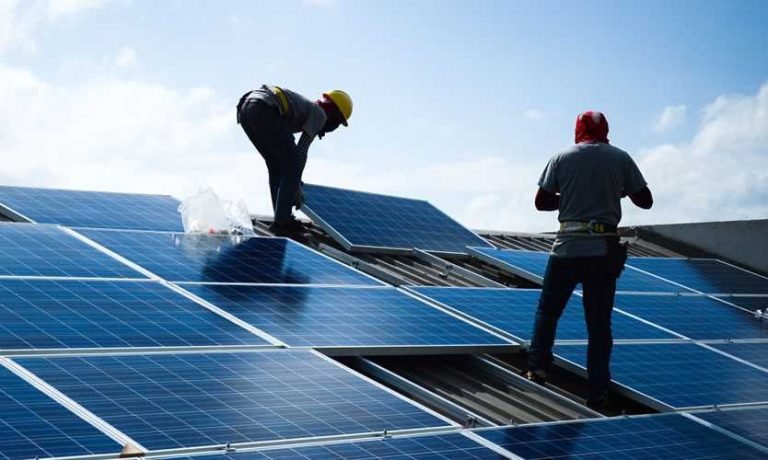How Can We Reduce Electricity Loss?
Introduce the Problem of Electricity Loss
Electricity loss refers to the amount of electricity injected into the grid by power plants that does not ultimately reach end-use consumers. This loss occurs during the transmission and distribution processes due to technical and non-technical factors. Globally, electricity losses average 8-15%, but in some developing countries it can be as high as 30-40%. This represents an enormous waste of resources and revenue.
High electricity loss has major economic and environmental consequences. Economically, it reduces the returns and profits for electric utilities, which often pass these costs onto consumers through higher tariffs. It also represents lost potential revenue that could have supported grid expansion and maintenance. Environmentally, electricity loss results in more generation and fuel use than necessary, increasing greenhouse gas emissions, air pollution, and other impacts. Reducing loss is a priority for utilities and governments worldwide.
Locally, our electricity loss sits at XX%, costing an estimated $XX million per year. Decreasing our electricity loss by just a few percentage points would provide enough electricity for thousands of homes and businesses. It would also significantly benefit our environment and economy. Tackling electricity loss requires optimizing technical performance and reducing non-technical factors like energy theft. With the right policies and investments, major improvements are within reach.
Transmission and Distribution Upgrades
A major technical cause of electricity loss during transmission and distribution is resistance in the wires and cables that carry electricity. As electrical current flows through these conductors, some energy is converted to heat due to resistance, resulting in power dissipation and loss. Upgrading transmission and distribution infrastructure can help reduce these losses.
One method is utilizing high-voltage direct current (HVDC) lines for long distance transmission instead of traditional high-voltage alternating current (HVAC) lines. HVDC lines can transmit large amounts of power over long distances with lower losses, as DC current flows through conductors with less resistance compared to AC. Ultra high-voltage (800+ kV) HVDC lines can reduce transmission losses by 25-30% compared to HVAC lines.
Other infrastructure improvements include replacing old and undersized conductors with larger ones made of low-resistance materials like aluminum alloy reinforced (AAC) and all-aluminum alloy conductors (AAAC). These can reduce line resistance and associated losses. Upgrading transformers and substations with higher efficiency models also helps curb technical losses during power distribution.
Prevent Theft and Illegal Connections
Another considerable source of electricity loss for power utilities is theft and illegal connections to the grid. Unauthorized connections divert power before it can be properly delivered and billed to paying customers. In some countries, electricity theft and non-payment account for up to 25% or more of total transmission and distribution losses.
To significantly reduce these illegal connections, utilities will need to implement stronger deterrents. More frequent audits and inspections can identify unauthorized hookups. Smart meters with remote disconnect can also pinpoint anomalies. Imposing fines on perpetrators is important to discourage repeat offenses. Transitioning high-risk areas to prepaid metering can ensure payment is received upfront before electricity delivery.
With persistent enforcement of regulations and penalties, utilities can substantially cut electricity theft and non-payment. This will allow more of the power generated to reach paying customers, increasing revenues for the utility while decreasing wasted electricity.
Improve Grid Management
Upgrading to a smart grid can significantly reduce electricity losses. Smart grids use digital communications technology and automation to detect and react to local changes in usage. This allows the grid to run more efficiently by balancing supply and demand in real-time. Smart meters provide granular data about consumption patterns and help identify technical issues before they escalate. Distribution management systems leverage this data to optimize voltage levels and reroute power as needed. These technologies allow grid operators to minimize waste and avoid overload conditions that can lead to failures.
Proper maintenance and vegetation control are also critical for minimizing technical losses. Regular inspection and maintenance ensures components like transformers and transmission lines operate at peak efficiency. Trees and vegetation that encroach on lines can cause disruptions that force electricity to take alternate routes, increasing resistance and losses. By keeping rights of way clear, utilities can prevent this excess loss. A well-maintained grid with proper vegetation management can operate seamlessly and efficiently.
Encourage Energy Efficiency
One of the most impactful ways to reduce electricity loss is to encourage energy efficiency across sectors. By improving efficiency, less electricity needs to be generated and transmitted in the first place.
There are several ways governments and utilities can promote energy efficiency:
– Offer rebates and incentives for consumers and businesses to purchase energy efficient appliances, lighting, HVAC systems, and other equipment. Energy star certified products often use 20-30% less electricity than conventional models.
– Implement and enforce stringent building energy codes and product efficiency standards. New buildings and appliances built to higher efficiency specs will curb energy demand over their lifetime.
– Conduct public awareness campaigns to educate consumers and businesses on easy ways to conserve energy and invest in efficiency. Simple behavioral changes combined with technology upgrades can make a big difference.
– Implement policies such as efficiency resource standards that set targeted goals for energy savings over time. Utilities can offer customers energy audits and efficiency assistance programs.
– Transition to time-of-use and dynamic electricity pricing models, which encourage shifting usage to off-peak times to flatten demand.
– Develop innovative financing programs to make it more affordable for consumers and businesses to implement efficiency measures through loans, rebates, and creative incentives.
With strong policies, incentives, innovation and education, energy efficiency can curb electricity demand substantially. This takes pressure off the grid and directly reduces losses during generation, transmission and distribution.
Develop Renewable Energy
Increasing local renewable energy generation such as rooftop solar, small-scale wind, and micro-hydro projects can significantly reduce electricity losses. By generating power at or near where it will be consumed, less energy is lost in transmission and distribution from centralized power plants. According to studies, distributed solar and wind generation can achieve 5-15% lower transmission and distribution losses compared to fossil fuel power plants.
Governments can encourage more distributed renewable energy by implementing supportive policies like feed-in tariffs and net metering. Feed-in tariffs allow households and businesses to sell excess renewable electricity they generate back to the grid at above-market rates. Net metering policies enable consumers to offset their utility bills with onsite renewable generation. Both policies compensate consumers for the clean energy they produce and incentivize further growth of distributed renewables.
With the right incentives and enabling policies, localized renewable energy generation can flourish and significantly cut electricity losses across the grid. Utilities may need to upgrade infrastructure and operations to handle two-way flows of electricity, but the long-term benefits for reduced losses, improved grid resilience, and lower consumer bills make it a worthwhile endeavor.
Enact Supportive Policies
To reduce electricity losses, governments can enact policies and regulations that enable utilities to upgrade infrastructure and adopt new technologies. For example, establishing performance-based ratemaking can incentivize utilities to invest in grid upgrades by allowing them to recover costs through customer rates based on meeting performance metrics like loss reduction targets. Streamlining utility planning and budget approval processes could also accelerate deployment of loss reduction initiatives.
Updating utility regulations to reflect technological advances like smart meters and grid automation can further support loss reduction efforts. Regulators may need to reform policies around data access, privacy, and cybersecurity as grids get smarter. Adopting standards and protocols that improve interoperability and data sharing between grid technologies can maximize the benefits of smart infrastructure.
Additionally, setting clear national and regional targets for loss reduction, backed by supporting policies and programs, can provide an impetus for needed change. Governments can also lead by example, implementing loss reduction measures in public buildings and operations. Overall, reforming outdated regulations while crafting new policies aligned with grid modernization can enable the systemic changes required to significantly reduce electricity losses.
Invest in Training and R&D
Developing a skilled workforce and employing the latest technologies are key to reducing electricity losses. Utility companies need engineers, technicians, and operators who are properly trained to build, maintain, and operate complex transmission and distribution grids. Investing in vocational training programs and partnerships with technical institutes can help cultivate the talent needed in the energy sector.
Research and development is also crucial for advancing grid technologies like smart meters, sensors, and automation that help detect issues quickly and reduce losses. Governments and utility companies need to provide adequate funding for R&D initiatives and collaborate with technology companies and academic institutions. Pilot projects to test new technologies are important prior to full-scale deployment. Technology breakthroughs can drive step-changes in grid efficiency.
With a combination of skilled workers and innovative technologies, electricity networks can operate at optimal levels with minimal losses. Investing in human capital and R&D lays the foundation for long-term improvements.
Case Studies and Examples
Many regions around the world have implemented successful programs and initiatives to reduce electricity loss. For example:
-
In the Indian state of Gujarat, the utility company implemented extensive anti-theft measures, smart metering, grid upgrades, and loss reduction targets. This reduced transmission and distribution losses from 35% to 15% between 2001 and 2020.
-
Thailand’s Provincial Electricity Authority implemented a “triangle of cooperation” between the utility, police and the justice system to crack down on electricity theft. This helped reduce losses from 13% to 5.7% between 1996 and 2016.
-
The United Kingdom regulated efficiency targets for energy suppliers and distributors and provided funding for grid upgrades. Network losses decreased from 8.0% in 2005 to 5.7% in 2020.
By learning from other successful regional and national efforts, own region can implement its own customized programs to significantly reduce electricity losses.
Call to Action
Reducing electricity losses requires coordinated efforts across various fronts. Upgrading infrastructure, preventing theft, promoting efficiency, and supporting renewables can all play a role. But realizing significant reductions ultimately depends on stakeholders embracing this challenge.
Utilities should prioritize investments in modernizing grids and metering, even if this causes short-term rate increases. Regulators must support these investments by adjusting rate structures and performance incentives. Governments should enact policies that facilitate efficiency, renewables and infrastructure upgrades.
Consumers also have a part to play, by reducing waste, installing efficiency measures and reporting suspicious activity. With a collective commitment to curbing losses, we can build smarter, more resilient and equitable electricity systems.
The solutions exist, but implementing them requires leadership and concerted action. By working together, we can cut electricity losses substantially while enabling sustainable, affordable energy access for all.







